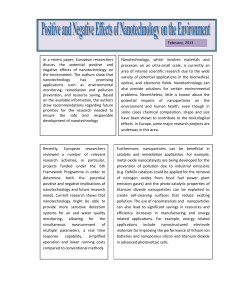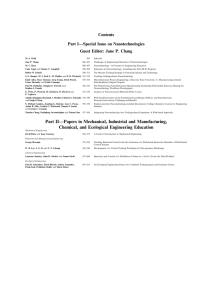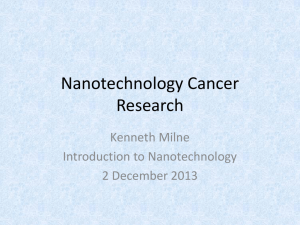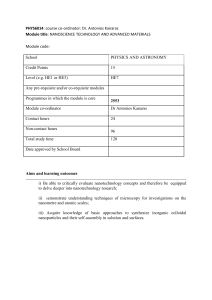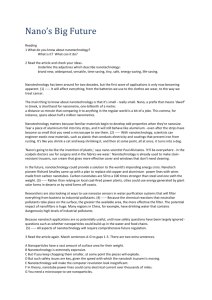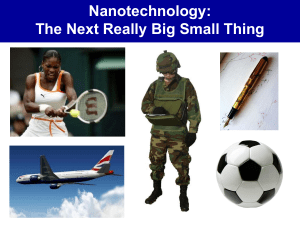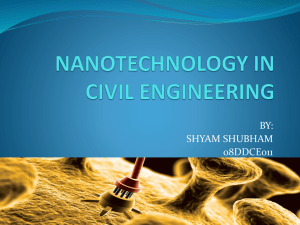abstract
advertisement
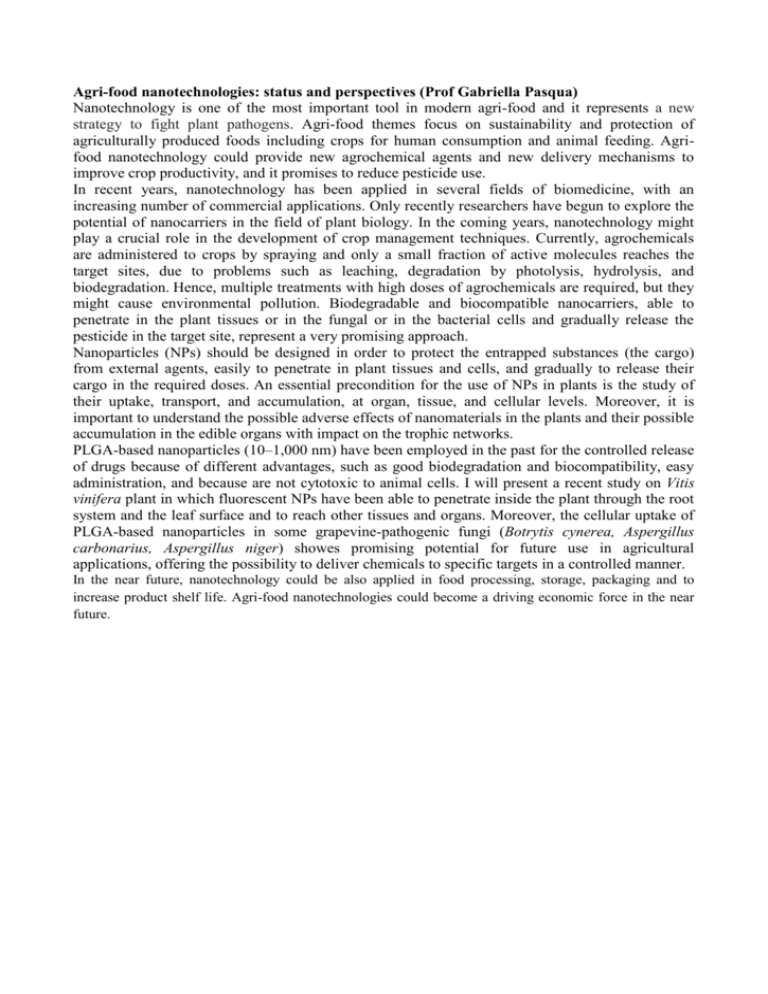
Agri-food nanotechnologies: status and perspectives (Prof Gabriella Pasqua) Nanotechnology is one of the most important tool in modern agri-food and it represents a new strategy to fight plant pathogens. Agri-food themes focus on sustainability and protection of agriculturally produced foods including crops for human consumption and animal feeding. Agrifood nanotechnology could provide new agrochemical agents and new delivery mechanisms to improve crop productivity, and it promises to reduce pesticide use. In recent years, nanotechnology has been applied in several fields of biomedicine, with an increasing number of commercial applications. Only recently researchers have begun to explore the potential of nanocarriers in the field of plant biology. In the coming years, nanotechnology might play a crucial role in the development of crop management techniques. Currently, agrochemicals are administered to crops by spraying and only a small fraction of active molecules reaches the target sites, due to problems such as leaching, degradation by photolysis, hydrolysis, and biodegradation. Hence, multiple treatments with high doses of agrochemicals are required, but they might cause environmental pollution. Biodegradable and biocompatible nanocarriers, able to penetrate in the plant tissues or in the fungal or in the bacterial cells and gradually release the pesticide in the target site, represent a very promising approach. Nanoparticles (NPs) should be designed in order to protect the entrapped substances (the cargo) from external agents, easily to penetrate in plant tissues and cells, and gradually to release their cargo in the required doses. An essential precondition for the use of NPs in plants is the study of their uptake, transport, and accumulation, at organ, tissue, and cellular levels. Moreover, it is important to understand the possible adverse effects of nanomaterials in the plants and their possible accumulation in the edible organs with impact on the trophic networks. PLGA-based nanoparticles (10–1,000 nm) have been employed in the past for the controlled release of drugs because of different advantages, such as good biodegradation and biocompatibility, easy administration, and because are not cytotoxic to animal cells. I will present a recent study on Vitis vinifera plant in which fluorescent NPs have been able to penetrate inside the plant through the root system and the leaf surface and to reach other tissues and organs. Moreover, the cellular uptake of PLGA-based nanoparticles in some grapevine-pathogenic fungi (Botrytis cynerea, Aspergillus carbonarius, Aspergillus niger) showes promising potential for future use in agricultural applications, offering the possibility to deliver chemicals to specific targets in a controlled manner. In the near future, nanotechnology could be also applied in food processing, storage, packaging and to increase product shelf life. Agri-food nanotechnologies could become a driving economic force in the near future.
